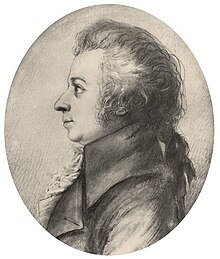
The Piano Trio No. 5 in C major, K. 548, was written by Wolfgang Amadeus Mozart in July 1788. [1] [2] It is scored for piano, violin and cello.

The Piano Trio No. 5 in C major, K. 548, was written by Wolfgang Amadeus Mozart in July 1788. [1] [2] It is scored for piano, violin and cello.
The work is in three movement form: